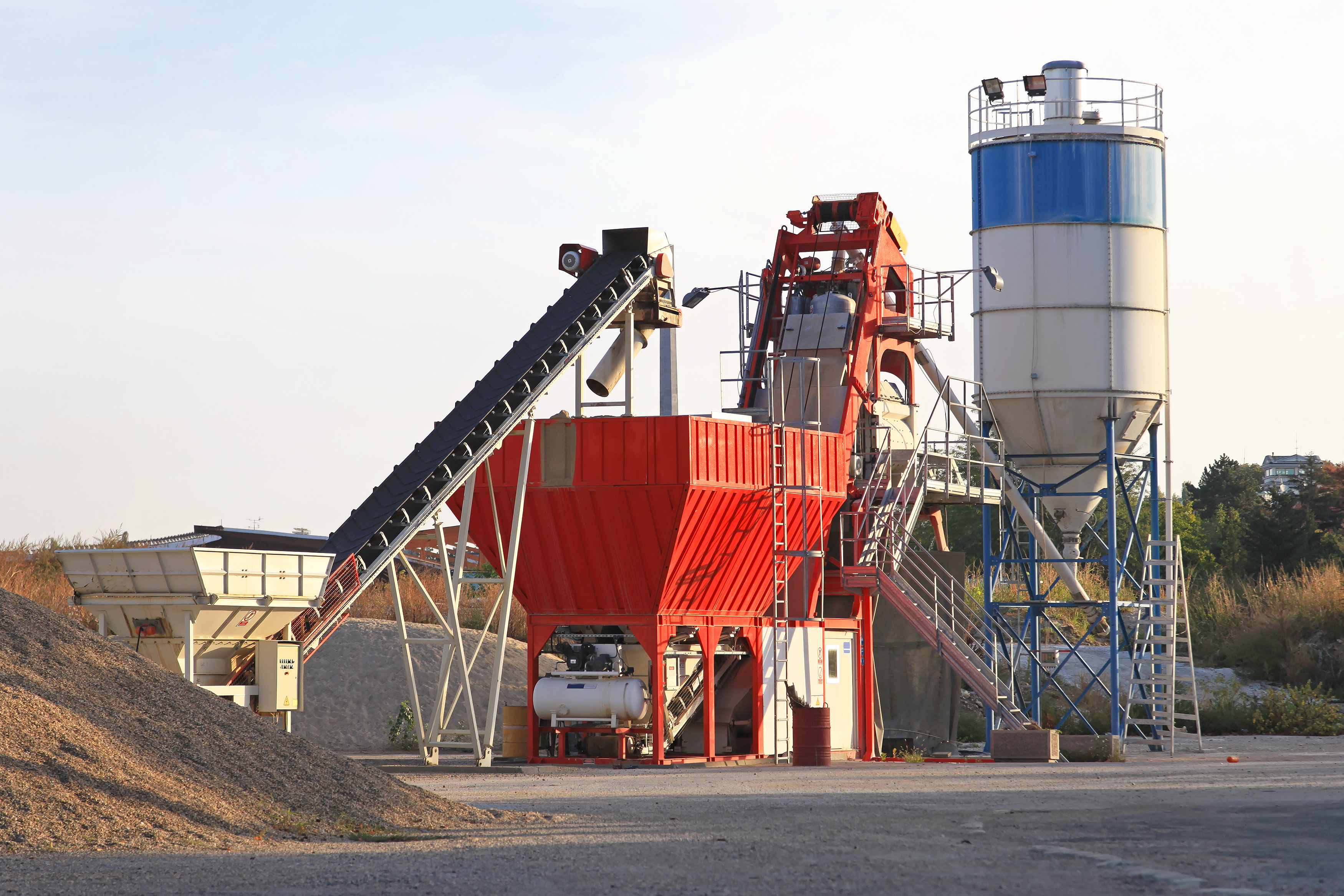 The procurement, storage, transfer, processing and consumption of bulk solid materials is foundational to many markets including agriculture, mining, pharmaceutical, power generation, food & beverage, building materials, animal feed, plastics and chemical. Millions of people from farmers to chemists and truckers to engineers, are employed to deliver thousands of solid products worldwide. While bulk solids come in a variety of types and forms, most can be categorized as aggregates, grains, pellets, powders or building materials. Aggregates are primary inorganic materials that are extracted in mines or quarries such as limestone, coal, minerals, rock, salt, gypsum or slate. Aggregates may be coarse or fine, angular or round, large or small, dense or airy. Grains are small, dry seeds such as wheat, oats, rice, corn, barley or rye, which are typically harvested for human or animal consumption or used in bio-fuel or biomass applications. The principal grain crops are cereals such as wheat or rye, and legumes such as beans or soybeans. Pellets are small, man-made masses of organic or inorganic materials that are sized and shaped for optimal delivery or consumption. Common pelletized materials include plastics for injection molding, animal feed for livestock or pets and pills for medication or supplements. Powders are fine solid materials comprised of numerous free flowing particles. Many manufactured goods are delivered in powder form such as flour, cosmetics, sugar, ink toner, gunpowder, pharmaceuticals, coffee or chemicals like fertilizer. Building materials are the solid ingredients used in construction applications such as cement, wood chips, gravel, clay and sand. These are fillers that are typically blended into manufactured structures such as plywood sheets, brick, concrete foundations, sheetrock or asphalt streets. From their point of origin, primary or unrefined solids are transported via railcar, barge or truck to terminal centers where they’re stored in large silos or stockpiles. From there, materials are trucked to high volume users or secondary processors for further refinement, blending and packaging in distributed quantities. Bulk solid material handling systems typically include silos for storage, conveyor or auger systems for transfer and bins for feed into processes. Level measurement and control solutions are required for inventory monitoring, automation and safety throughout bulk solid manufacturing, distribution and consumer applications.
The procurement, storage, transfer, processing and consumption of bulk solid materials is foundational to many markets including agriculture, mining, pharmaceutical, power generation, food & beverage, building materials, animal feed, plastics and chemical. Millions of people from farmers to chemists and truckers to engineers, are employed to deliver thousands of solid products worldwide. While bulk solids come in a variety of types and forms, most can be categorized as aggregates, grains, pellets, powders or building materials. Aggregates are primary inorganic materials that are extracted in mines or quarries such as limestone, coal, minerals, rock, salt, gypsum or slate. Aggregates may be coarse or fine, angular or round, large or small, dense or airy. Grains are small, dry seeds such as wheat, oats, rice, corn, barley or rye, which are typically harvested for human or animal consumption or used in bio-fuel or biomass applications. The principal grain crops are cereals such as wheat or rye, and legumes such as beans or soybeans. Pellets are small, man-made masses of organic or inorganic materials that are sized and shaped for optimal delivery or consumption. Common pelletized materials include plastics for injection molding, animal feed for livestock or pets and pills for medication or supplements. Powders are fine solid materials comprised of numerous free flowing particles. Many manufactured goods are delivered in powder form such as flour, cosmetics, sugar, ink toner, gunpowder, pharmaceuticals, coffee or chemicals like fertilizer. Building materials are the solid ingredients used in construction applications such as cement, wood chips, gravel, clay and sand. These are fillers that are typically blended into manufactured structures such as plywood sheets, brick, concrete foundations, sheetrock or asphalt streets. From their point of origin, primary or unrefined solids are transported via railcar, barge or truck to terminal centers where they’re stored in large silos or stockpiles. From there, materials are trucked to high volume users or secondary processors for further refinement, blending and packaging in distributed quantities. Bulk solid material handling systems typically include silos for storage, conveyor or auger systems for transfer and bins for feed into processes. Level measurement and control solutions are required for inventory monitoring, automation and safety throughout bulk solid manufacturing, distribution and consumer applications.





